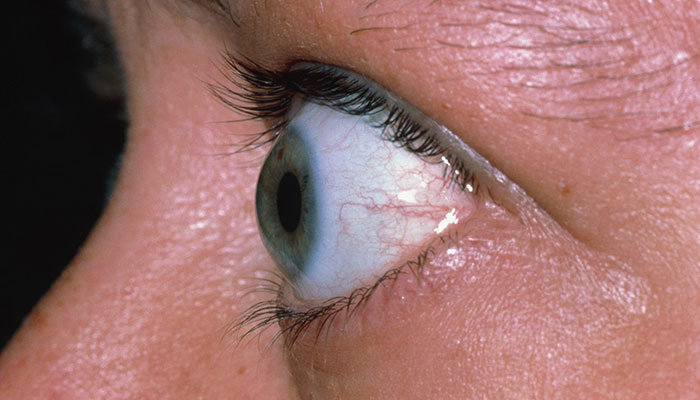Introduction
Pityriasis rosea is characterized by an oval-shaped rash that typically appears on the face, chest, abdomen, or back. This rash may be up to 10 centimetres in width. Subsequently, smaller patches may emerge from the centre of the body, resembling the drooping branches of a pine tree.
Signs and Symptoms of Pityriasis Rosea
- Headache
- Fever
- Fatigue
- Sore throat
- Oval scaly patches on skin
- Itchy rash
Causes of Pityriasis Rosea
The underlying cause of pityriasis rosea is not well understood. It may be caused by a viral infection, particularly certain types of the Herpes virus.
Understanding Pityriasis Rosea in Ayurveda
In Ayurveda, the cause of pityriasis rosea is often attributed to an imbalance in the body’s doshas, particularly the pitta dosha. It is believed to result from a combination of factors, including excessive heat, improper diet, and toxins in the body.
Treatment for Pityriasis Rosea
The treatment for pityriasis rosea is primarily focused on alleviating symptoms. Doctors may recommend over-the-counter antihistamines or topical corticosteroid creams to relieve itching and inflammation. Additionally, maintaining good skin hygiene and avoiding hot showers can help prevent further irritation. If necessary, a healthcare professional may provide further guidance on symptom management or prescribe medications to help ease discomfort.
Care offered by SGP’s PSA has been demonstrated to be effective in alleviating symptoms and enhancing the quality of life for patients with pityriasis rosea. The primary focus of care delivered by the PSA is to manage symptoms, address emotional and psychological distress, and improve overall comfort.
FAQs about Pityriasis Rosea
-
The healthcare provider or dermatologist will be able to diagnose pityriasis rosea through examination of the rash. In some cases, a skin scrape or skin biopsy may be necessary, which involves the removal of a small portion of the affected area for laboratory examination. This examination can be used to distinguish pityriasis rosea from other rashes.
-
Excessive scratching of the rash can potentially lead to temporary discolouration or post-inflammatory hyperpigmentation, but permanent scarring is rare.
-
Pityriasis rosea rashes typically resolve on their own within 10 weeks. Medicated lotions may reduce itching and hasten the healing process of a rash.
-
Exercises, such as running, cycling, or bathing in warm water, can temporarily exacerbate the rash or make it more visible.
-
Pityriasis rosea can occur at any age but is most commonly diagnosed in individuals aged between 10 to 35 years.






